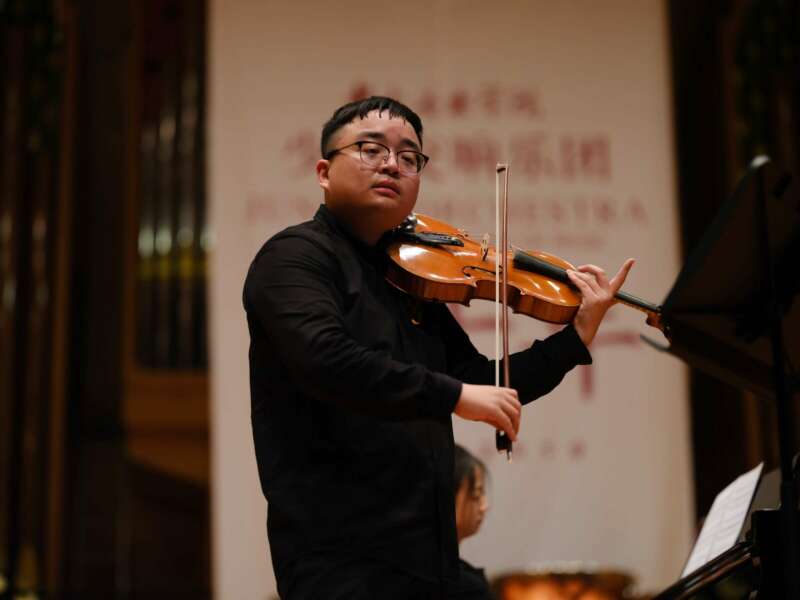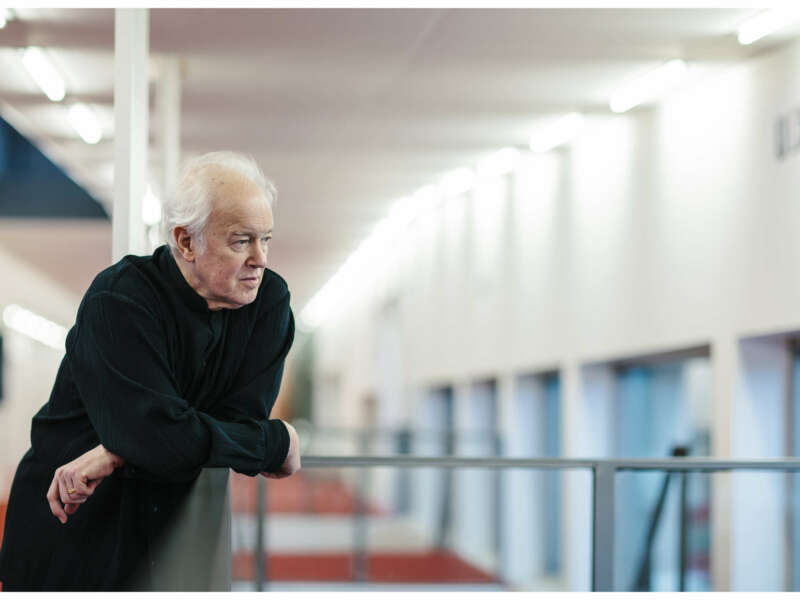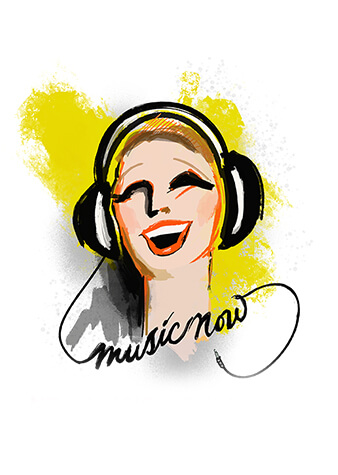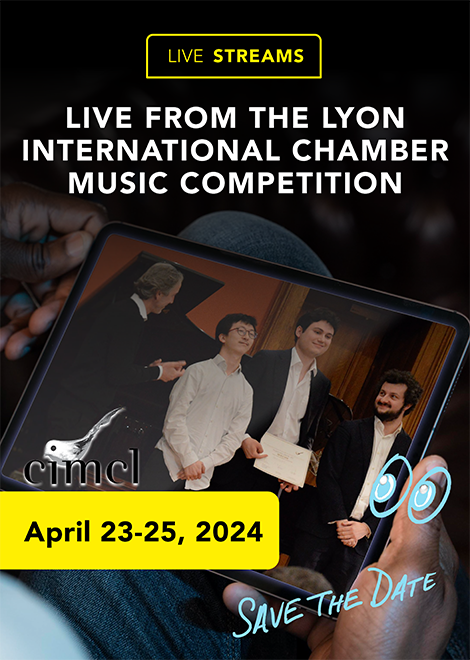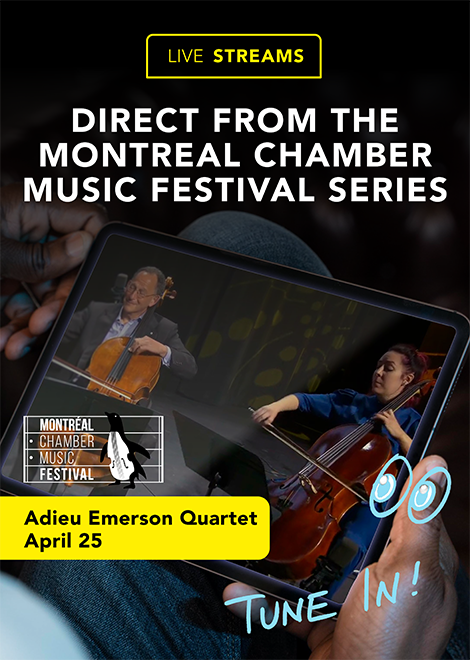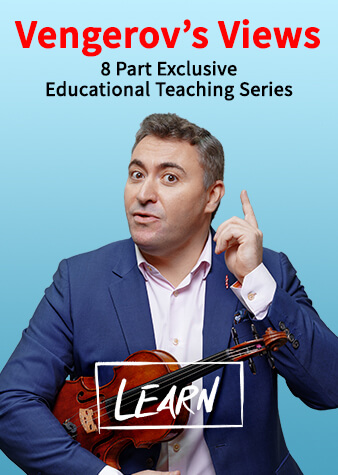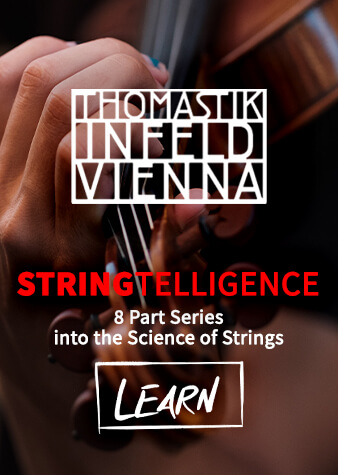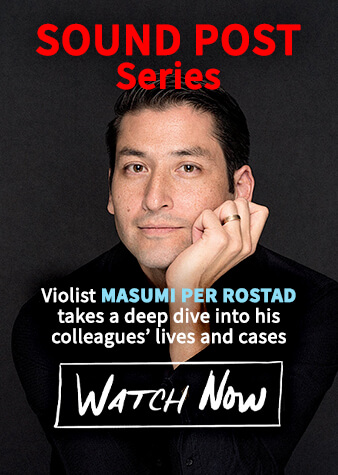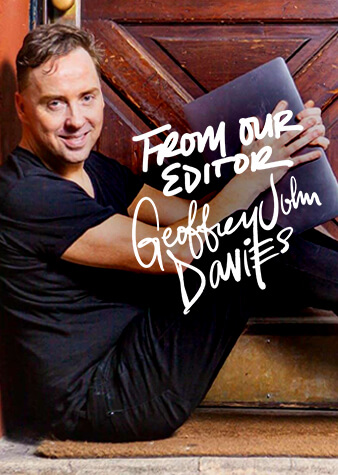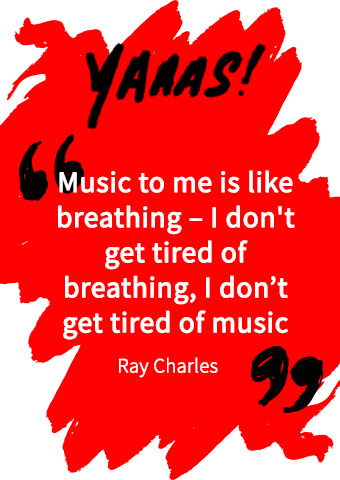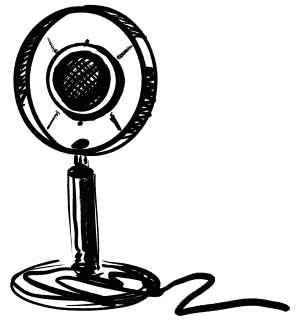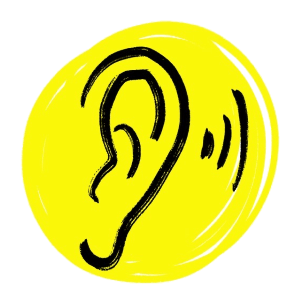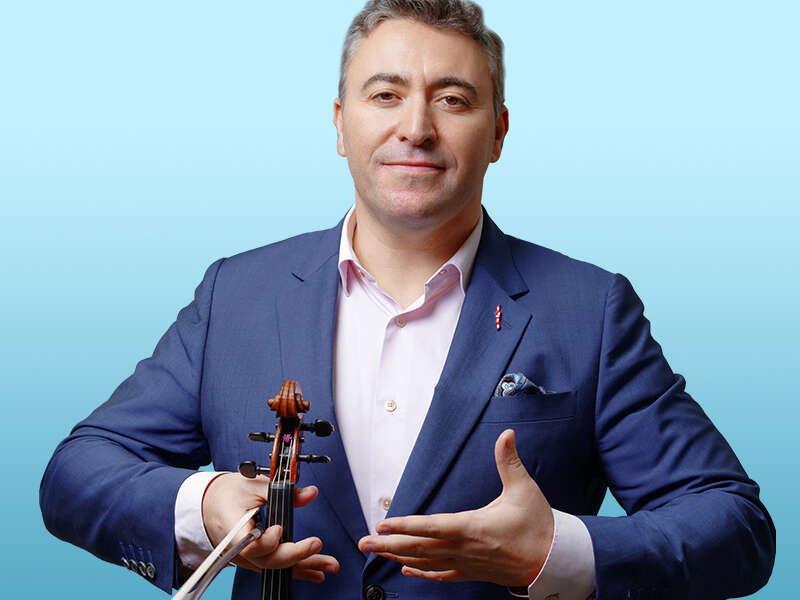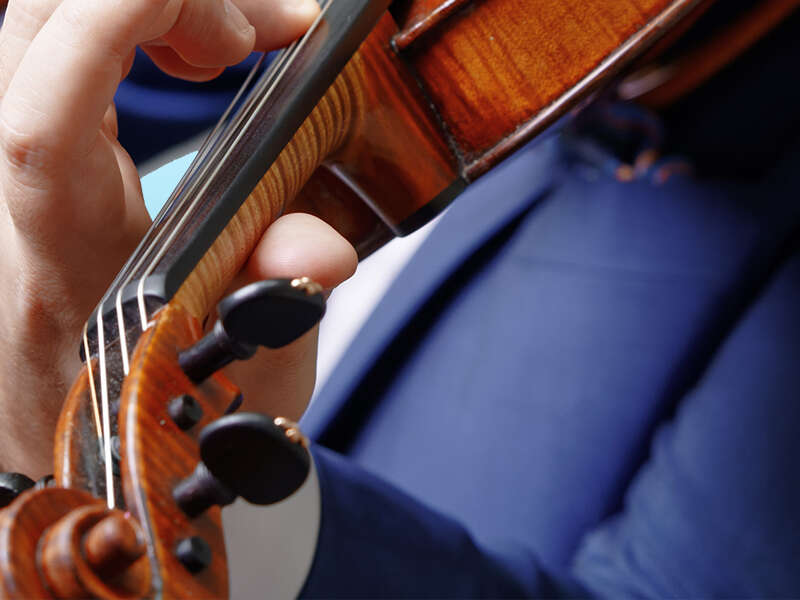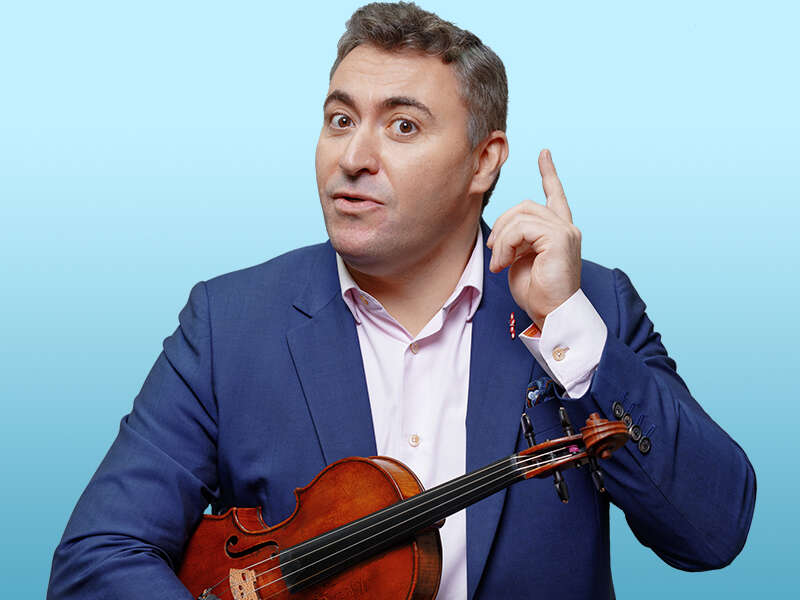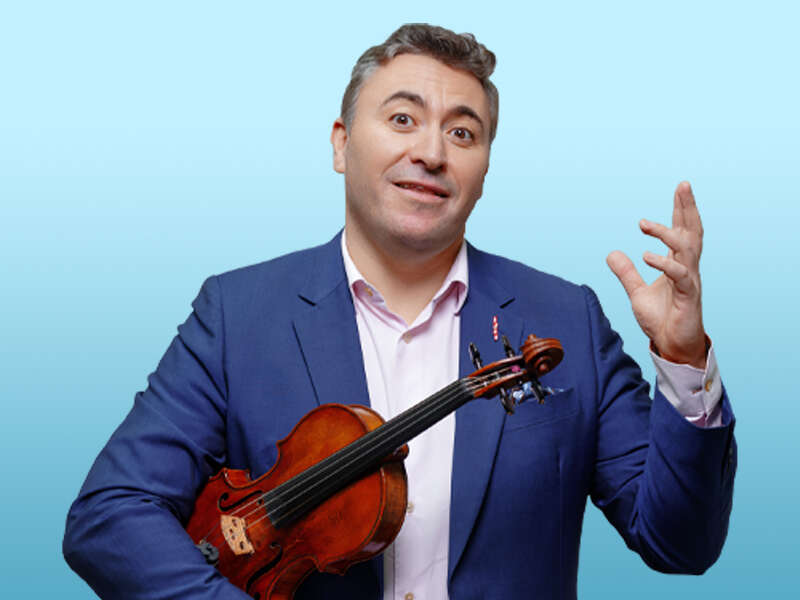VENGEROV'S VIEWS | The Bow as an Extension of the Right Hand
In this, the sixth of eight teaching classes, violinist Maxim Vengerov discusses the connection between the bow and the right hand
To help celebrate the launch of our new site, and the re-launch of Maxim Vengerov's new website, maximvengerov.com, over the coming weeks the superstar violinist, teacher, and conductor, will be guest presenting a series of exclusive teaching advice classes for our readers, teachers, and students everywhere.
Accompanied by helpful teaching videos that demonstrate key concepts, Maxim will cover a wide range of topics including sound, left and right-hand technique, bowing, breathing, harmony and structure, and interpretation.
In today’s sixth lesson, Maxim discusses the connection between the bow and the right hand.
Join us over the coming weeks, and be sure to share the classes with your own students and friends, and let us know how Maxim’s advice has helped you on your journey to learn more.
Introduction
The bow is an extension of the right hand, with which we breathe life into the violin. The connection of the bow with your hand should be as natural as possible - the bow should feel a part of your body, not like a separate object.
To achieve this feeling, we must master two seemingly opposing goals: remaining as relaxed and flexible as possible, whilst simultaneously maintaining very precise control. The key to this balancing act is in how you use your hand and fingers, with support from the joints and muscles in the right arm. Everything must work together in harmony. Just like an athlete, behind the illusion of easy and natural movement lie many years of hard work to train your body.
At all stages of your development as a player, there are some core principles to keep in mind which can help you. In this post I will share some recommendations for how to achieve flexibility and natural movement in your bow arm.
Flexibility in the right hand
“Freedom of movement in the right hand and fingers is essential for fine control of the bow.”
The finest motor control comes from the smallest joints in the fingers, and so these must remain free to move. This means that your right hand and fingers need to stay flexible and relaxed. Without this, you will not have full control over the bow or the sound you make.
Flexibility of the fingers is particularly important for a smooth bow change, especially at the frog, where the bow is heaviest. At the frog, the weight of the bow is counterbalanced by the pinky finger. Without the work of the pinky finger, either you will risk a nasty crunch in the sound, or you will have to compensate with the larger muscles in your hand and arm to maintain control of the bow. At the tip and in the upper half, the bow is much lighter, and the balance is transferred to the index finger to keep the sound and the connection with the string.
Gaining control over and using the small muscles in your fingers will help you be as efficient as possible in your movements. Efficiency is the guiding principle of good technique.
How can the bow-hold aid flexibility and control?
“To keep your right hand as flexible as possible, use a bow-hold which does not limit the ability of your fingers to move.”
There is no single “correct” bow hold. Firstly, there are different conventions when it comes to bow-hold, in particular the Franco-Belgian and Russian schools, and wonderful violinists who have used various approaches. Secondly, it is ultimately a question of your own individual physique, and finding the best approach for you by learning to listen to what both your body and your ears tell you. What feels natural for you, may not feel natural for somebody else, and that is because we are all different!
Nevertheless, there are some ideas to keep in mind. The underlying and foundational principle is to use a bow-hold which gives you as much flexibility and control as possible.
To help with this, I recommend avoiding big gaps between your fingers in your bow-hold, because this introduces tension and reduces the range of motion of the small joints in the fingers and the hand overall. Similarly, the thumb should generally be curved, not straight. Try shaking your hand with everything relaxed, and then with your fingers extended or straightened, and you will feel how much harder it becomes to move.
Without freedom of movement in the small joints of the fingers, in order to maintain control you instead have to compensate by using your whole hand or arm, instead of only the fingers. This is possible, of course, but it would be like walking by moving your whole legs without bending your knees or ankles - so much more work than it needs to be, and such an inefficient way to use your body!
A bow-hold which allows you the maximum flexibility and natural freedom of movement will also help you avoid tension, and get more sound from your instrument.
What about the rest of the arm, besides the hand and fingers?
“Your right arm should move naturally and freely, following from your hand.”
Try to avoid any awkward angles in your elbow and wrist - these should not be too high or low, and there should be a smooth line from your shoulder to your hand. Practising in front of a mirror will help you observe yourself - often what looks natural, feels natural too.
Besides your hand and arm, do not forget about the rest of your body - this is also an important part of the equation. Your shoulder, your neck and the rest of your body should all remain free to move, with everything connected and in harmony. You should feel in touch with your body, and feel good about it. To help with this, I try to keep physically fit.
To conclude
Through the bow, our body connects with our instrument. But the bow should not feel like an object in the way - you should be able to feel the connection right from the point of contact with the string, all the way through your fingers, hand and arm. The different joints and muscles are all interdependent, and they must work together. Understanding the different roles each play will help you to be more efficient in your movements, expending minimal effort whilst maintaining maximum results.
I hope these recommendations will help to truly make the bow feel like a natural extension of your body, and give you the precise control you need to bring out the nuances in the music. Your body is your instrument, and how you use it is ultimately the source of your own sound, unique to you.
Watch the full teaching video below, where Maxim explains in further detail and demonstrates the concepts he introduces in this article:
This series was curated and co-written by Anna Gould.
Previous posts:
PART 2: DEVELOPING YOUR OWN SOUND
PART 3: VIBRATO AS A SOURCE OF COLOR AND EXPRESSION
PART 4: SHIFTS & CONNECTION WITH THE FINGERBOARD
To find out more about Maxim, including his recordings and upcoming performances, visit www.maximvengerov.com.
You can also subscribe to his YouTube channel and follow his official social media sites:
april 2024
may 2024




